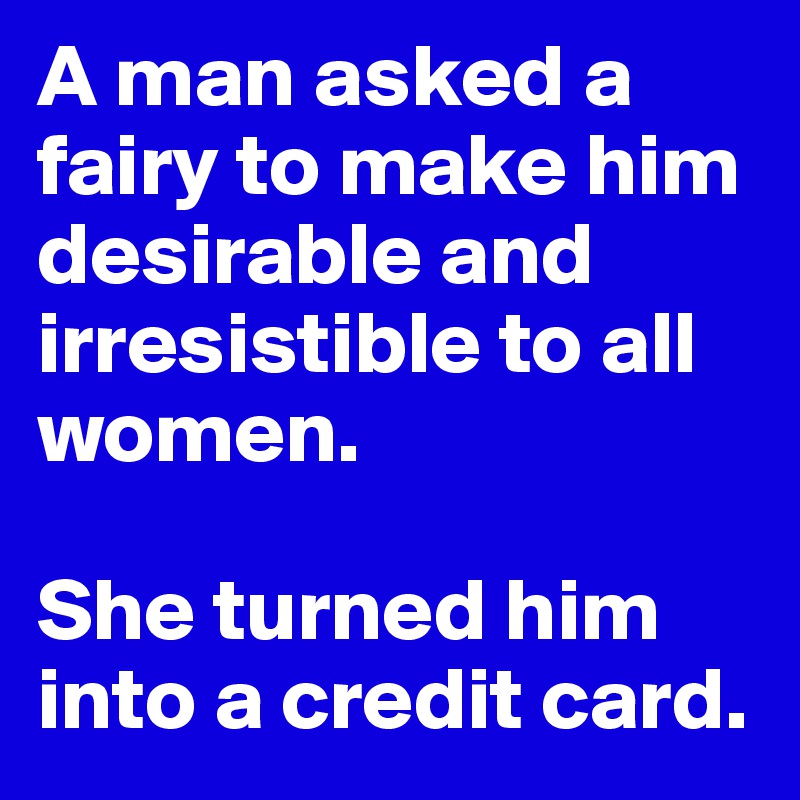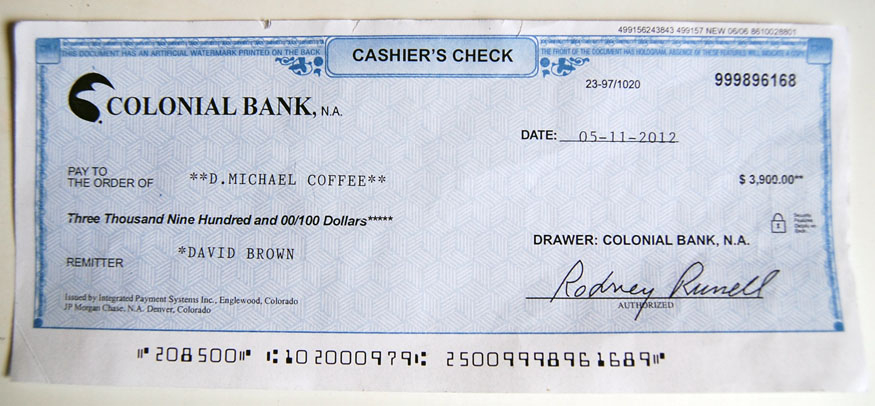
The importance of maintaining a healthy credit score often eludes young professionals who have just joined the workforce – important they will come to realise the hard way when their application for a personal, car or home loan is rejected.
For those who have been rejected by financial institutions when applying for a loan, the reason is most likely a poor credit rating or score.
Understanding credit report
In Malaysia, Bank Negara Malaysia (BNM) maintains a computerised database of credit reports which contains credit scores. This database system is known as the Central Credit Reference Information System (CCRIS).
According to BNM, at present, the database system contains credit information on about nine million borrowers in Malaysia. CCRIS receives credit dates from various financial institutions and generates individual credit reports, which are made available to financial institutions, individuals, and even companies upon request.
A credit report contains the following credit information of an individual:
- Outstanding credit(s) – excluding any accounts which have been fully settled.
- Special attention account(s) – Non-performing loans, loans that are in default or close to being in default.
- Application(s) for credit – Applications approved in the previous 12 months, excluding application that has been rejected, deleted, or cancelled.
How does a credit report affect loan application?
Financial institutions refer to your credit report to determine your repayment capabilities before approving a loan application. However, in order for the lender or bank to access your credit report, it first has to inform you in writing that a credit check is to be conducted.
Once the application has been approved, the bank will send information to the Credit Bureau which details, in the form of a credit report, how well you handled your debt. Reference to the credit report will be made by the financial institutions periodically to obtain updates on an existing borrower.
If you are doubtful of the credibility of credit reports, the information contained in these reports is entirely factual and historical. The Credit Bureau will not in any way give recommendations or opinions based on the report to financial institutions.
Different banks have different policies when it comes to loans or credit card approvals. They may place varying importance on the different information detailed in this report. However, it is known that the approval of a loan application will largely depend on the risk evaluation conducted by the bank, based on the information in the borrower’s credit report.
The information stored in CCRIS also includes any new loan applications. Hence, it is safe to say that your banks are fully aware of how many banks you have already approached prior to applying for financial credit from them. This may not affect your credit rating but may send a negative signal to some banks.
Keeping a clean record
With full disclosure of your housing loans, car loans, credit cards, personal loans, as well as other commitments jointly made with friends or family members, it is important to keep a clean record to avoid any obstacles in applying for financial credit in the future.
While each bank assesses your credit score differently, your credit report will provide crucial information that determines whether your application is approved or rejected by the banks. Therefore, it is important to keep your credit rating in mind when you are managing your money and debts.
Here are some simple ways to ensure a clean credit record:
1. Get a job – Having a stable stream of income indicates your ability to service a loan or manage your credit card.
2. Avoid holding too many credit cards and maintain a good payment record – Apart from limiting the number of credit cards you hold, manage the repayment of all outstanding balances on your credit card. You can consider consolidating your credit card debts on one card.
3. Timely payment – Repayment history is a major factor in the lenders’ risk evaluation on a borrower. Do not drag or defer your repayments as it will affect your future loan or credit card applications.
4. Manage your debt – Always borrow according to your capacity. As your credit report encompasses all your active loans, banks are aware of your outstanding borrowings. If you have used up all your borrowing capacity, then your loan will most probably be rejected.
What if you have a bad credit report?
Raising your credit score is not complicated, but it does take time, discipline, and hard work. These steps can help get your credit score up to improve your chances of qualifying for a mortgage:
1. Check your credit report regularly. You are allowed to check your credit report every three months. Correct any errors on your report, especially late payments that are not recorded properly. Here’s how you can obtain your personal credit report.
2. Make all your payments on time. Late payments are the first thing that lowers your credit score.
3. Pay down revolving debt like credit cards. A high debt-to-credit ratio is another sure-fire way to lower your score.
4. Wait it out. As your credit report only records active loan accounts for the past 12 months, you just have to wait it out. As long as you’re paying down debt and making payments on time, your credit score will eventually rise on its own.
The above is generally good financial habits to inculcate from the beginning. However, if you have a bad record now, it is not the end of the world. While your credit rating can make or break your life (for the moment), it isn’t something to fear.
When you understand how to manage your credit responsibly, you will eventually build up a solid credit report and save yourself a lot of trouble, and sometimes even money from lower interest rates offered by banks.
Source:https://www.imoney.my/articles/can-credit-report-affect-loan




